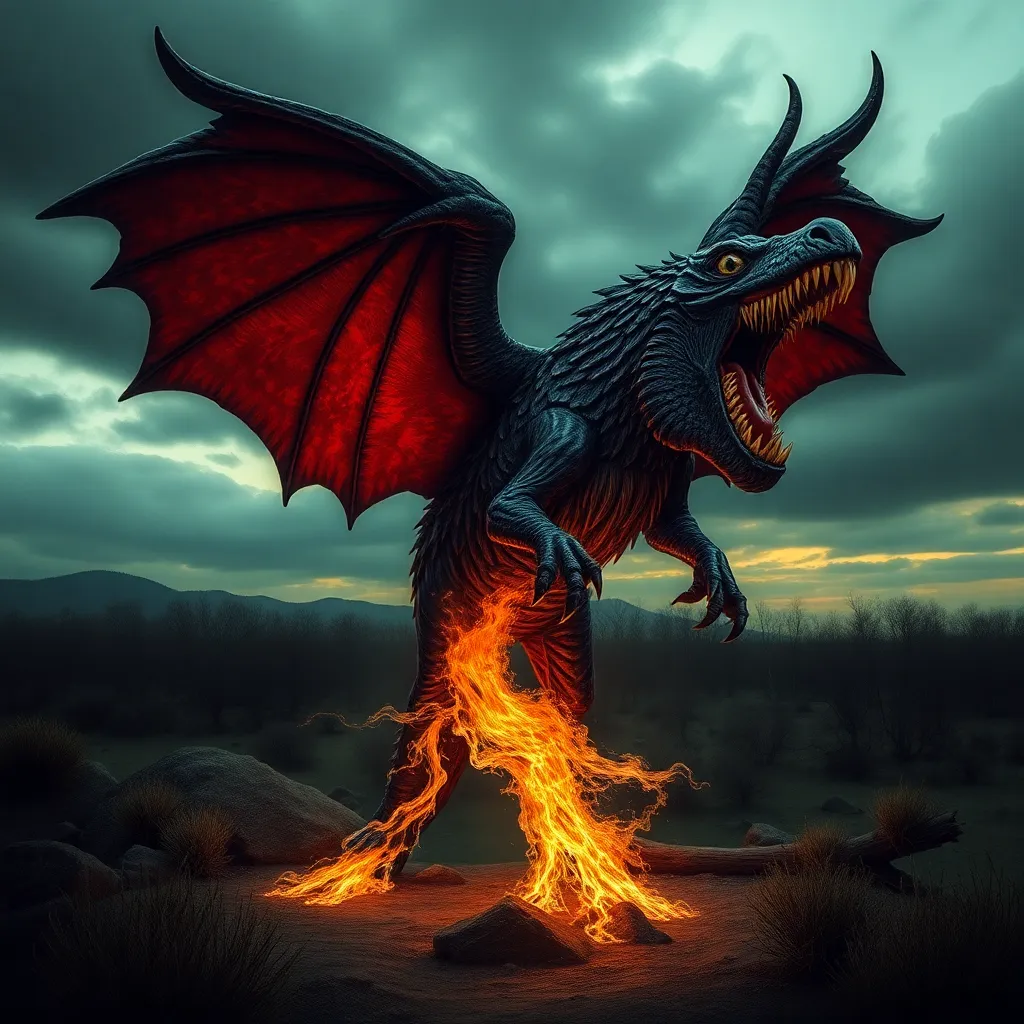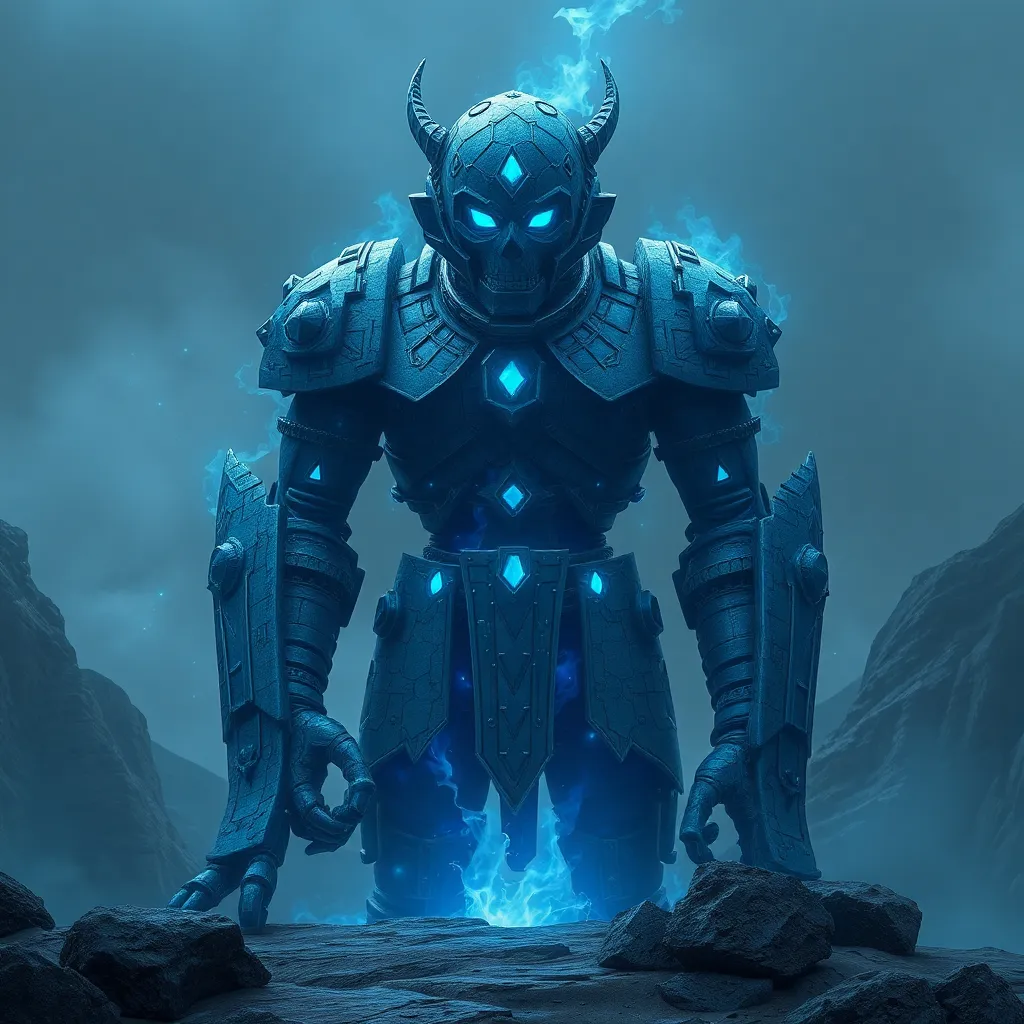The Chupacabra in the US: A Migration of Myth and Misinformation
I. Introduction
The Chupacabra, a legendary creature known for its purported attacks on livestock, particularly goats, has captivated the imaginations of many. While it is often depicted as a blood-sucking monster, the true nature of the Chupacabra is shrouded in myth and misinformation.
Originating in Puerto Rico in the mid-1990s, the Chupacabra quickly gained notoriety, leading to a multitude of sightings and reports across the United States. The purpose of this article is to explore the evolution of the Chupacabra myth in the US, examining its origins, the spread of misinformation, and its cultural impact.
II. The Origins of the Chupacabra Legend
The Chupacabra legend can be traced back to Puerto Rico, where the first sightings were reported in the mid-1990s. The historical context of this creature is essential to understanding its significance in folklore.
A. Historical context in Puerto Rico
In the wake of economic challenges and social unrest, the appearance of the Chupacabra provided a scapegoat for the fears and frustrations of the local population.
B. First sightings and reports in the 1990s
The first reported sighting occurred in 1995, when eight sheep were found dead in a Puerto Rican farm, drained of blood. This event sparked a flurry of media attention and led to further sightings across the island.
C. Cultural significance and initial interpretations
The Chupacabra quickly became a part of Puerto Rican folklore, symbolizing the fears of loss and vulnerability. It was interpreted not just as a creature, but as a reflection of societal anxieties.
III. The Spread of the Chupacabra Myth Across the US
As the legend of the Chupacabra spread beyond Puerto Rico, it took on new forms and interpretations.
A. First sightings outside Puerto Rico
The first reported sighting in the continental United States occurred in Texas in 1999. Ranchers claimed to have seen a creature resembling the Chupacabra, leading to a wave of similar reports across the southern states.
B. Regional variations in descriptions and characteristics
- In Texas, the Chupacabra was often described as a dog-like creature with a gaunt frame.
- In Florida, reports depicted it as a more reptilian creature with spikes along its back.
- In California, some claimed it resembled a small, hairless bear.
C. Influence of media and folklore on the spread of the myth
Media coverage played a significant role in popularizing the Chupacabra myth. News outlets aired stories, and documentaries fueled public fascination, blending folklore with sensationalism.
IV. The Role of Misinformation in Chupacabra Sightings
Misinformation has been a critical factor in the proliferation of Chupacabra sightings and beliefs.
A. Examination of hoaxes and fabricated evidence
Numerous hoaxes have emerged, including staged photographs and fake carcasses. These hoaxes often gained traction, further embedding the myth in popular culture.
B. Impact of social media and the internet on myth propagation
The rise of social media platforms has enabled quick sharing of alleged sightings, blurring the lines between fact and fiction. Viral posts can turn simple observations into full-blown phenomena.
C. The psychology behind belief in the Chupacabra
The psychology of belief offers insight into why people cling to the Chupacabra myth. Factors such as fear of the unknown, a desire for community through shared beliefs, and confirmation bias all play a role in maintaining the legend.
V. Scientific Investigations and Explanations
Scientific inquiries into Chupacabra sightings have sought to demystify the creature.
A. Wildlife experts and their findings
Wildlife experts have conducted investigations into reported sightings, often concluding that many of these reports stem from misidentified animals suffering from mange or other diseases.
B. Common animals misidentified as Chupacabras
- Coyotes: Often seen as hairless due to mange, leading to mistaken identities.
- Dogs: Stray dogs in poor health can resemble descriptions of Chupacabras.
- Raccoons: Their unusual appearances can lead to confusion in dim lighting.
C. The role of disease and environmental changes in sightings
Environmental changes, such as drought or habitat destruction, can lead to unusual animal behavior, prompting more frequent sightings of these creatures.
VI. Cultural Impact and Representation in Popular Media
The Chupacabra has made its mark in various forms of media, further entrenching its place in popular culture.
A. The Chupacabra in movies, TV shows, and literature
The creature has appeared in numerous films, TV shows, and books, often as a central figure in horror narratives, underscoring its role as a symbol of fear.
B. The creature as a symbol of fear and the unknown
As a representation of the unknown, the Chupacabra evokes deep-seated fears of loss, vulnerability, and the supernatural.
C. How media shapes public perception of the myth
The sensational portrayal of the Chupacabra in media has often overshadowed scientific explanations, leading to a distorted public perception that views the creature as a tangible threat.
VII. The Chupacabra Today: A Modern Folklore
Today, the Chupacabra continues to be a topic of interest and speculation across the United States.
A. Current sightings and reports across the US
Reports of Chupacabra sightings persist, often surfacing in rural areas, where livestock remains vulnerable to mysterious attacks.
B. The ongoing evolution of the Chupacabra myth
As cultural contexts shift, so too does the myth of the Chupacabra. It adapts to modern fears, echoing societal anxieties related to urbanization, environmental change, and food security.
C. Comparison with other modern myths and urban legends
The Chupacabra is not alone; it shares similarities with other urban legends, such as Bigfoot and the Mothman, all of which reflect collective fears and cultural narratives.
VIII. Conclusion
The journey of the Chupacabra in American folklore is a fascinating exploration of myth, culture, and misinformation. From its origins in Puerto Rico to its adaptations across the US, the Chupacabra serves as a lens through which we can examine societal fears and the power of storytelling.
As we reflect on the intersection of myth and culture, it becomes clear that the Chupacabra will continue to capture the imagination of future generations, embodying the allure of the unknown and the complexities of modern folklore studies.



